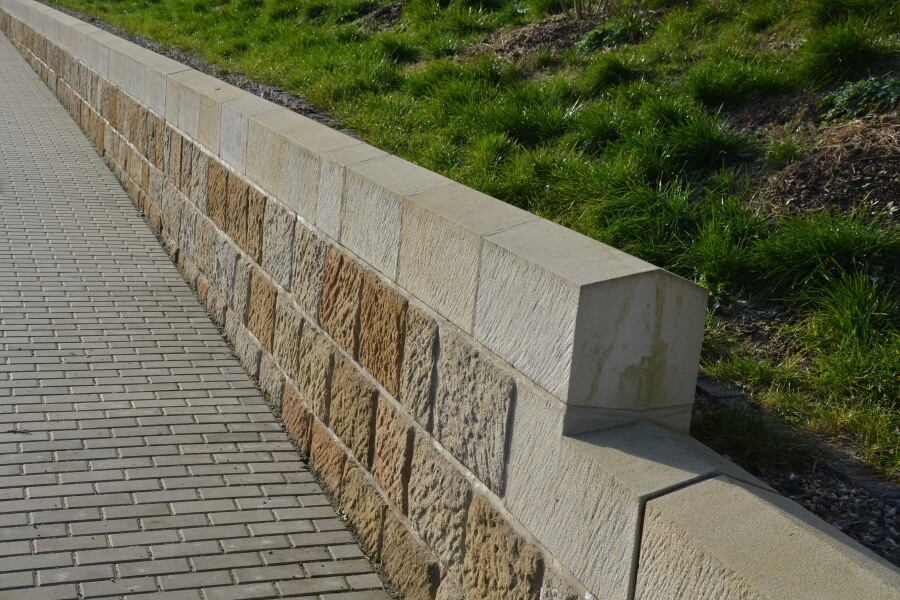Retaining walls, when properly installed and maintained, can be a beautiful and functional addition to your landscaping. However, it is crucial to remember that a retaining wall is not impervious to damage. To ensure your wall remains intact for years ahead, you should take the necessary steps to prevent damage. Let’s take a look at some of the most effective ways to protect your retaining wall from potential harm.
Inspect Regularly
Regularly inspecting your retaining wall for signs of damage is essential for keeping it in good condition. Keep an eye out for cracks, bulging or leaning sections, or any other potential signs of distress that may indicate more serious issues are at play. Additionally, check for plant roots growing into the wall since this can weaken its integrity over time. If you notice any damage, you should take steps to repair it as soon as possible before it worsens.
Check Drainage
Poor drainage is one of the most common causes of damage to retaining walls. The soil behind the wall needs proper drainage if you want your structure to remain intact and stable. Make sure there are plenty of drains along the base of your wall that will allow water to flow away without putting pressure on the structure itself. Additionally, regularly check these drains to ensure they are not blocked or clogged with debris; otherwise, they won’t do their job properly and can lead to further damage down the line.
Avoid Plantings on the Top
While plants can be great additions around your retaining wall—especially if they are planted in front of the wall, do not place them directly on top of the structure itself. This will put unnecessary stress on the wall which can easily cause cracks and other issues that compromise its strength and stability over time. Instead, keep all plantings a safe distance away from your retaining wall so it does not receive too much pressure or weight from above (while still allowing for adequate drainage).
Keeping a close eye on your retaining wall is key if you want it to last for years without succumbing to major damage or deterioration issues due to lack of maintenance or improper care. Remember: inspect regularly, check drainage often, and avoid planting directly on top of the structure itself! Doing so will help keep your retaining wall strong and stable—and looking its best—for many years into the future!

